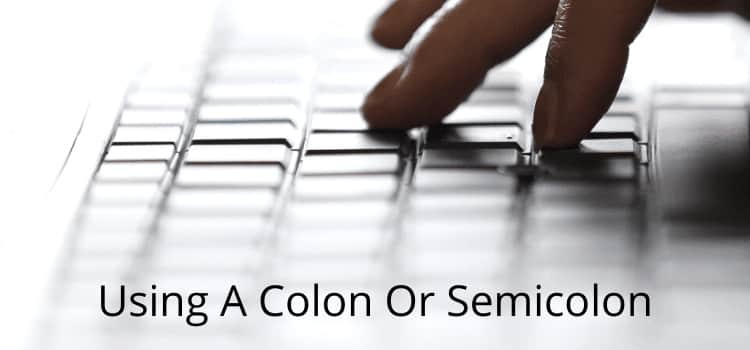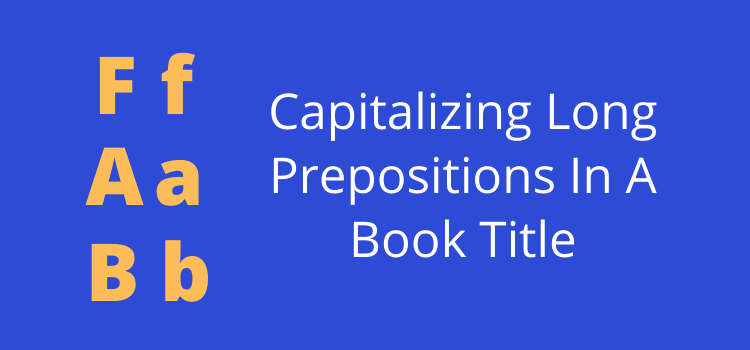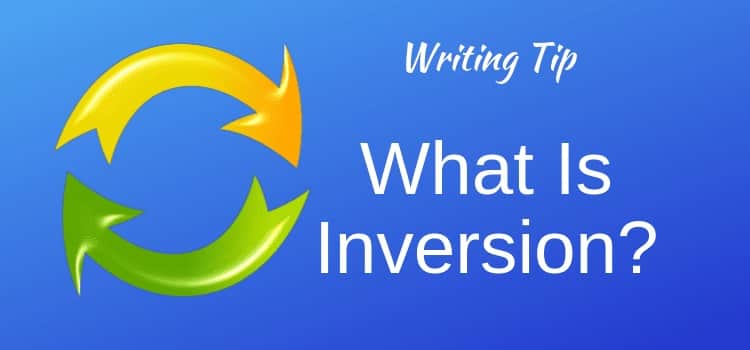
When do you use and how do you choose between a colon and a semicolon?
Getting these two punctuation marks grammatically correct in your writing can be a little challenging at first. But it is not that difficult.
They are closely linked to the comma, signaling a relationship between separate clauses in a complete sentence.
However, each one indicates a different type of connection or link. So, how do you know when to use each one correctly?
The simple explanation of colon vs. semicolon
We use a semicolon to join things that are equal, similar, or the same.
You can join two independent clauses together that are two separate sentences.
In other words, each clause has a subject and a verb. You omit the first full stop (period) and replace it with a semicolon.
I went shopping after work; the supermarket was awfully crowded.
The children were so excited; it snowed on Christmas Eve.
She loves to travel; her favorite destinations include Paris, Rome, and Tokyo.
The colon follows an independent clause to add an explanation, an example, a quotation, or a list of items.
There are three fruits I love: apricots, plums, and peaches.
Shakespeare explained the split infinitive well: “To be or not to be.”
I have one goal in mind for this year: to complete my first marathon.
When do you use a semicolon?

You might see this punctuation mark written as semi colon, semi-colon, or semicolon. While you sometimes see these variations, the one-word version is the most common.
When you use semicolons to separate two clauses, they must be directly related.
These are linked independent clauses. This means that you can also write them in two separate sentences. Think of it as a cross between a comma and a period or full stop.
When you use a semicolon, you don’t capitalize the first word for the second clause unless it is a proper noun.
As with all punctuation, you can use it to create variety by avoiding repetitive forms in your writing. Look at the following examples of three very simple sentences that you can form in different ways.

Semicolon examples
Here are the three sentences with common uses of the semicolon.
Mary loves walking in the forest; it’s her favorite weekend activity.
Mary loves walking in the forest; Sam loves it too.
Mary loves walking in the forest; Sandra finds it boring.
You can see that these three examples could be separate sentences.
But it avoids creating a comma splice.
When to use and not use a semi-colon
However, the sentences above could be joined with a coordinating conjunction like and, but, or so to link them.
When you do this, you don’t use a semicolon.
Mary loves walking in the forest, so it’s her favorite weekend activity.
Mary loves walking in the forest, and Sam loves it too.
Mary loves walking in the forest, but Sandra finds it boring.
But when you use conjunctive adverbs such as however, instead, nevertheless, moreover, and of course, you can use a semicolon.
Mary loves walking in the forest; of course, it’s her favorite weekend activity.
Mary loves walking in the forest; moreover, Sam loves it too.
Mary loves walking in the forest; however, Sandra finds it boring.
You need to remember that the correct use of commas with coordinating conjunctions and conjunctive adverbs still applies.
One other point to remember is that you don’t capitalize after a semicolon unless the first word is a proper noun.
Always consider using a range of sentence structures; readers will appreciate it.
When do you use a colon?

It looks like two periods or full stops on top of each other. So, in some ways, it says stop here.
It is not a continuation of a similar or related idea.
We use them to introduce something new.
You can use it to add a list or group of words, offer an explanation, bring attention to something, add a quotation, or join different ideas together.
You can also think of a colon saying, this is what I mean.
Colon examples
Here are some examples in a sentence to help you.
The rules forbid three things in the exam center: phones, calculators, and water bottles.
You know what you have to do: study more.
Joe finally got what he deserved: a long-overdue pay rise.
Never forget the old adage: the harder you work, the luckier you get.
The prime minister failed in his campaign promise: narrowing the gap between rich and poor.
My dad always said: “Work hard. Always be honest. Be punctual.”
As you can see in the last example, you can use two or more sentences afterward. It is especially practical for quotations.
Do you capitalize after a colon?
In British English, the rule is quite straightforward. You only use a capital letter for a word after a colon if it is a proper noun or an acronym.
For American English, the rules can depend on your adherence to style guides.
The Chicago Manual of Style, APA Style, AP Style, and MLA all agree that you use a capital letter for a word after if it is a proper noun.
But these guides also recommend using a capital letter when a colon introduces a new sentence or sentences.
Some also add that you should use a capital letter for questions, dialogue, or a quotation.
Can you use an em dash instead?
There is no doubt that the em or long dash is a favorite punctuation mark for a lot of writers.
It can—depending on the context—add emphasis, information, bring focus, or replace commas and set off parenthetical information in brackets.
So yes, it is an option to replace the colon in particular.
You’ve only got two logical choices: earn more or spend less.
You’ve only got two logical choices–earn more or spend less.
Deciding on which option would be better is a matter of style. If you use an em dash, it might be less formal.
If you are ever in doubt about your punctuation, you can always use a grammar checker to help you out.
Summary
The use of good punctuation is one of the differences between being a writer and being a great writer.
Every punctuation mark says something and adds to your writing richness.
We all know what a question mark or exclamation mark says, and quotation marks indicate what someone said.
With commas and full stops, we use them to act as markers or guides.
You are not going to use semicolons or colons as often as these, yet they still say something to a reader.
They indicate either a connection or continuation of an idea or that there is something extra that you want to add to a point.
These are important punctuation marks that you should understand and learn how to use to avoid punctuation mistakes.
They can help you add a little more variation to your writing.
It’s easy to remember these two straightforward rules for a colon and semicolon.
You use a semicolon to join two sentences that are equal or similar.
You use a colon to add a list or extra information to a sentence.
Related reading: The Hyphen Is Disappearing But We Still Need The Little Dash




I can never get enough of this: colon and semicolon artistry and usage.
Colon and semicolonoscopies are essential for grammatical health; One way to benefit from their reiteration is to
practice in the comment section.